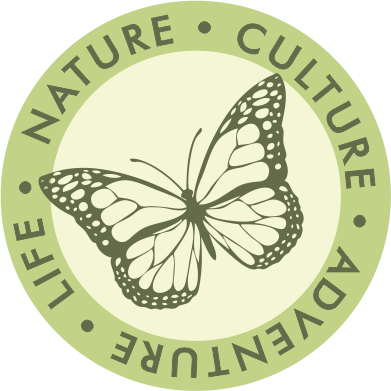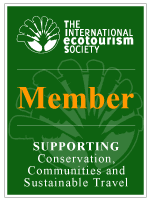Garden and Art Tour of Japan
With Katherine Ylitalo March 28 - April 9, 2019
Itinerary
Thursday, March 28th: Arrive in Tokyo
Arrive Tokyo Narita Airport. After clearing Customs and Immigration, you are met and transferred by private coach to your hotel. Overnight Tokyo. D
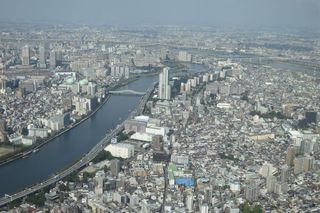
Friday, March 29th: Tokyo Gardens
Today starts at your hotel, New Otani Tokyo Garden. The 10-acre-ground features several ancient stone lanterns, scarlet bridges over koi ponds, a stone garden, waterfall, as well as a myriad of flowers and rich foliage that bloom or change colours from season to season. Also visit the Kiyosumi Garden, a beautiful stroll garden from the Meiji Era and Hama-Rikyu Garden. Experience the smoke and thunderous drumming of a fire burning ritual at a local temple. Lunch on your own at Ginza Mitsukoshi Department Store with time to explore the store. It is amazing! Overnight Tokyo. B
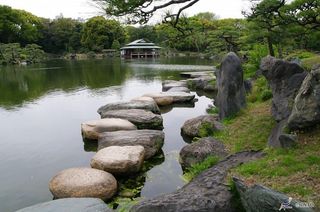
Saturday, March 30th: Tokyo - Hakone
This morning visit the Meiji Shrine, a large Shinto shrine built in 1920 to venerate the Emperor Meiji who modernized Japan. Move from old Tokyo to new Tokyo with an architectural walking tour of Harajuku and Omotesando, which boasts some of Japan’s most unique architectural buildings. This afternoon drive to Hakone and visit the Hakone Open-Air Museum. Tonight relax in your hotel’s onsen. BD
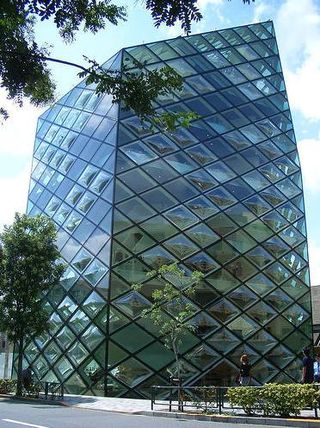
Sunday, March 31st: Hakone - Matsumoto - Takayama
Today visit the Kubota Itchiku Kimono Museum. Itchiku Kubota revived the lost technique of Tsujigahana, a method used in dying kimonos in the 14tto 16th centuries. This technique is known for its beauty and high quality. There are majestic views of Mt. Fuji and Lake Kawaguchi from the museum.
En-route to Takayama visit Matsumoto Castle, one of Japan’s original and most beautiful castles and a wasabi farm.
Takayama’s old town has been beautifully preserved with many buildings and whole streets of houses dating from the Edo Period when the city thrived as a wealthy town of merchants. Stroll through the streets before a sake tasting at a local brewery. Overnight Takayama. B
En-route to Takayama visit Matsumoto Castle, one of Japan’s original and most beautiful castles and a wasabi farm.
Takayama’s old town has been beautifully preserved with many buildings and whole streets of houses dating from the Edo Period when the city thrived as a wealthy town of merchants. Stroll through the streets before a sake tasting at a local brewery. Overnight Takayama. B
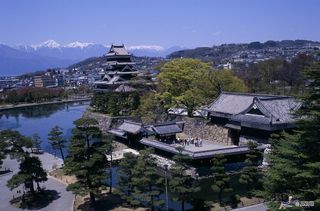
Monday, April 1st: Takayama, Shirakawago, Kanazawa
Wander through the Takayama Morning Market and Takayama Float Exhibition Hall which houses four resplendent floats, each decorated with intricate weavings and carvings displayed in the spring and autumn festivals.
Continue to the village of Shirakawago, a UNESCO World Heritage site and home to several well preserved gassho-zukuri farmhouses, some of which are more than 250 years old. Visit Wada House and the Nagase House.
In Kanazawa tour the Nagamachi district, a well-preserved Samurai district. Today the area looks much the same as it did in the Edo era, with canals and cobbled streets that run between earthen tile-topped walls. Nomura Samurai House is one of the chief attractions in this district. Overnight Kanazawa. B
Continue to the village of Shirakawago, a UNESCO World Heritage site and home to several well preserved gassho-zukuri farmhouses, some of which are more than 250 years old. Visit Wada House and the Nagase House.
In Kanazawa tour the Nagamachi district, a well-preserved Samurai district. Today the area looks much the same as it did in the Edo era, with canals and cobbled streets that run between earthen tile-topped walls. Nomura Samurai House is one of the chief attractions in this district. Overnight Kanazawa. B
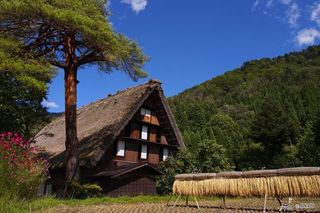
Tuesday, April 2nd: Kanazawa - Kyoto
An early visit to one of Japan’s three most beautiful gardens, the Kenrokuen Garden. It combines the six attributes of a perfect garden: spaciousness, seclusion, artificiality, antiquity, abundant water and broad views. In Kyoto stop at the private garden of Murin-an Villa and Nanzenji Zen Temple.
If time permits the group has a choice to visit Heian Shrine and Garden or the Kyoto Handicraft Museum.
Heian-jingu Shrine is famous for its garden, especially when the cherry trees are in bloom. Kyoto Handicraft Museum sells traditional arts and crafts work such as pottery, dolls, folding fans, lacquer ware, kimonos and many others. Overnight Kyoto. B
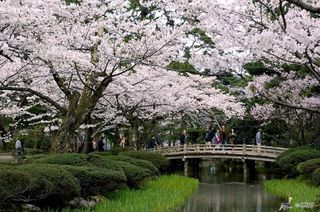
Wednesday, April 3rd: Kyoto Temples, Gardens and Artists
Begin the day with visits to Ryoanji Temple and Kinkakuji Temple. Ryoanji Temple, a UNESCO World Heritage site, is prominent for its mysterious Zen stone garden. Kinkakuji Temple is a World Cultural Heritage site with a sparkling golden pavilion and a pond-centred garden. In the afternoon learn from artists how washi, a traditional paper, is made and how the colour “Japan Blue” or indigo is produced. Overnight Kyoto. B
Recommended Independent Visit: Kyoto Botanical Garden for the light-up of about 110 weeping cherry blossoms.
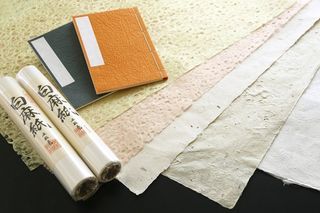
Thursday, April 4th: Kyoto - A Day of Zen Gardens
At the superb Kurodani Konkai Komyoji temple complex, rarely visited by tourists, listen to an expert on Japanese garden design and maintenance.
Enter the temple, Honen-in, through a moss-covered gate and pass between two sand mounds that are said to purify the visitor into this tranquil garden. The main hall itself is only open from April 1-17 when the camellias are in bloom.
The Philosopher’s Path follows a canal lined with hundreds of cherry trees which are an explosion of colour in April. Several temples line this walk including Ginkakuji or the Silver Pavilion.
Subject to permission, we visit Saiho-ji Temple, a must-see. The grounds of the temple complex form a lush carpet of about 120 varieties of moss. To enter the garden visitors must participate in the Buddhist practice of copying sutras called shakyo. This isn’t as difficult as it sounds!
If time permits visit Tenryu-ji Temple with its Zen garden that dates to the 14th century. The garden features a large pond reflecting the surrounding trees and rocks and makes use of “borrowed scenery” of the background Arashiyama hills.
Overnight Kyoto. B
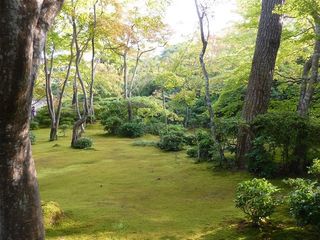
Friday, April 5th: Kyoto - Gardens and Sake
This morning our destination is the large Zen temple complex, Daitokuji consisting of 22 subtemples. Ryogen-in Temple is the oldest meditation hall in Japan and has the smallest rock garden. There are several gardens, each with an individual symbolic meaning. Koto-in Temple is known for its beautiful entryway through a bamboo forest and gardens. Daisen-in Temple’s stone garden is famous and one of the best examples of its kind.
In the afternoon take an aroma and food tour that includes a sake shop and light lunch with tasting, incense ceremony and a soy sauce producer. Overnight Kyoto. BL
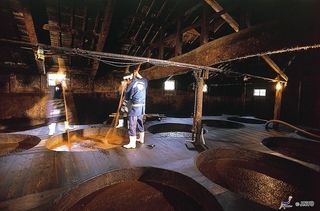
Saturday, April 6th: Kyoto - Takamatsu
Awaji Yumebutai consists of a conference center, a hotel, a greenhouse, gardens, and a memorial in the city of Awaji located in an island of the same name. The complex was designed by architect Tadao Ando and built on the side of a mountain. One of the most amazing features is the Hyakudanen or “the 100 Stepped Garden, a group of 100 flower beds in small square gardens and arranged in grids that are spread over several levels. Kiseki no Hoshi Botanical Garden is housed in a greenhouse that exhibits plants under the concepts of "Feeling Plants with Five Senses" and "Coexistence" proposing a greener urban lifestyle. Continue to Honpuku Temple (water temple) also designed by Tadao Ando Ritsurin Garden in Takamatsu was built during the Edo Period and said to have taken 100 years to complete. The south garden is designed in Japanese style and the north garden is western style. The gardens contain many ponds, tsukiyama, and historic trees and set against the backdrop of Mt. Shiun. Overnight Takamatsu. B
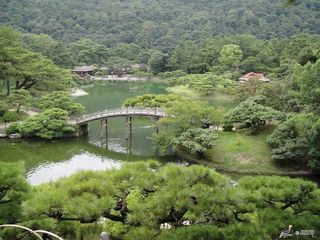
Sunday, April 7th: Takamatsu - Naoshima, The Art Island - Okayama
In the morning visit a bonsai nursery before taking a ferry to the art island of Naoshima known for its modern art museums, architecture and sculptures. Abandoned houses have been transformed into art installations, museums are built underground and artwork from Claude Monet to James Turrell is displayed. From Naoshima, transfer to Miyanoura Port and take the ferry to Uno Port. Continue to Okayama for the night. B
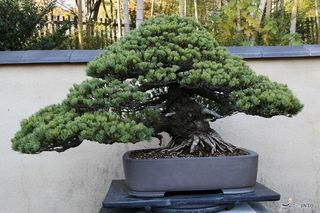
Monday, April 8th: Okayama - Kirishiki - Tokyo
Enjoy your last garden visit to Korakuen Garden, considered one of the three best gardens in Japan. Continue to Kurashiki with its beautifully preserved historic area and canal. Kurashiki is roughly translated as “town of storehouses” which refers to the storehouses where rice was once kept. Today these former storehouses have been converted into museums and cafes. Stroll along the weeping willow lined canal banks, visit the Ohara Museum or Ohashi House if time permits. Return to Okayama and board the bullet train to Tokyo. BD
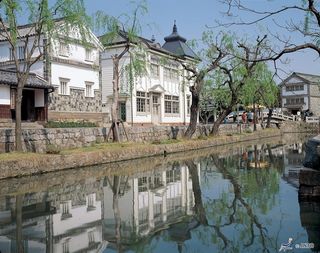
Tuesday, April 9th: Departure
Transfer by coach to Narita airport. B
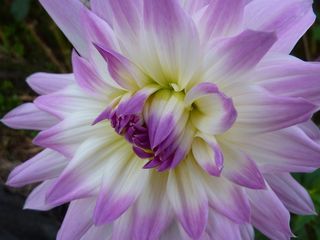
Our Tour Host

Katherine Ylitalo is a garden historian, horticulturalist, writer, curator and educator based in Calgary with a special interest in the point where art and gardens and horticulture converge. She is involved in the stewardship of the MacDonald Butterfly Garden at the Banff Centre and teaches Contemporary Art and Gardens at the University of Calgary.
Tour Information
Tour Length: 13 days / 12 nights
Date: March 28 - April 9, 2019
Land Price: $8397CAD per person. This price is based on a minimum of 15 participants and double occupancy.
Single Supplement: $2300CAD
Prices quoted are effective as of June 2018. The final price although not expected to change, may be modified if the minimum number of people (15 people) is not met.
Gardens and Art of Japan Includes:
- Transportation by motorcoach including driver’s gratuity
- One-way bullet train Okayama-Tokyo
- 12 nights accommodation
- 12 breakfast, 1 lunch and 3 dinners
- Visits and activities per itinerary
- Entrance fees for visits and activities per itinerary
- English-speaking guide
- Porterage of 1 piece of luggage
Gardens and Art of Japan Doesn’t Include:
- International Airfare
- Travel Insurance
- Accommodation not included in the itinerary
- Meals not included in the itinerary
- Alcoholic and non-alcoholic drinks
- Excursions, activities, and entrance fees not included in the itinerary
- Gratuities to guides
- Personal Items
